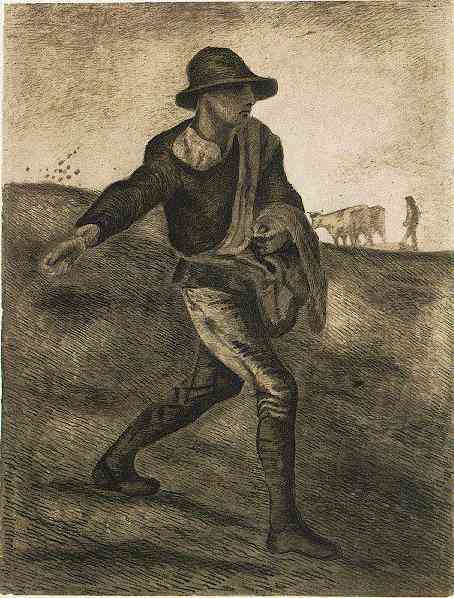Facts About Early works of Vincent van Gogh
Vincent van Gogh embarked on his serious artistic journey in 1881 and 1882, at the ages of 27 and 28. During this period, he lived in various locations, including Brussels, Etten, and The Hague, where he studied under his cousin-in-law, Anton Mauve. Throughout his career, his brother Theo consistently provided both inspiration and financial support.
In 1882, Van Gogh made a significant transition from using watercolors to working with oils. He turned his attention to subjects such as the working class and peasants, drawing inspiration from artists like Jean-François Millet. This period was fraught with challenges; he experienced failed romantic relationships and briefly attempted a career in lay ministry.
One of Van Gogh's early commissions came from his uncle, who in 1882 requested drawings of The Hague. Unfortunately, these early works did not meet expectations. Despite this setback, Van Gogh persisted, continually refining his skills and experimenting with various materials and techniques. His early pieces, particularly his character studies and paintings of peasants, are now regarded as the first masterpieces of his career.
A notable painting from this era is "View of the Sea at Scheveningen" which Van Gogh created outdoors despite the challenging windy conditions. Other works from this time include "Girl in a Wood" and various character sketches of working-class individuals.
Van Gogh's dedication to depicting the lives of peasants and laborers demonstrated his profound empathy for society's marginalized groups. As he honed his skills, his art evolved, exploring themes that deeply resonated with his personal beliefs and experiences.

 Germany
Germany